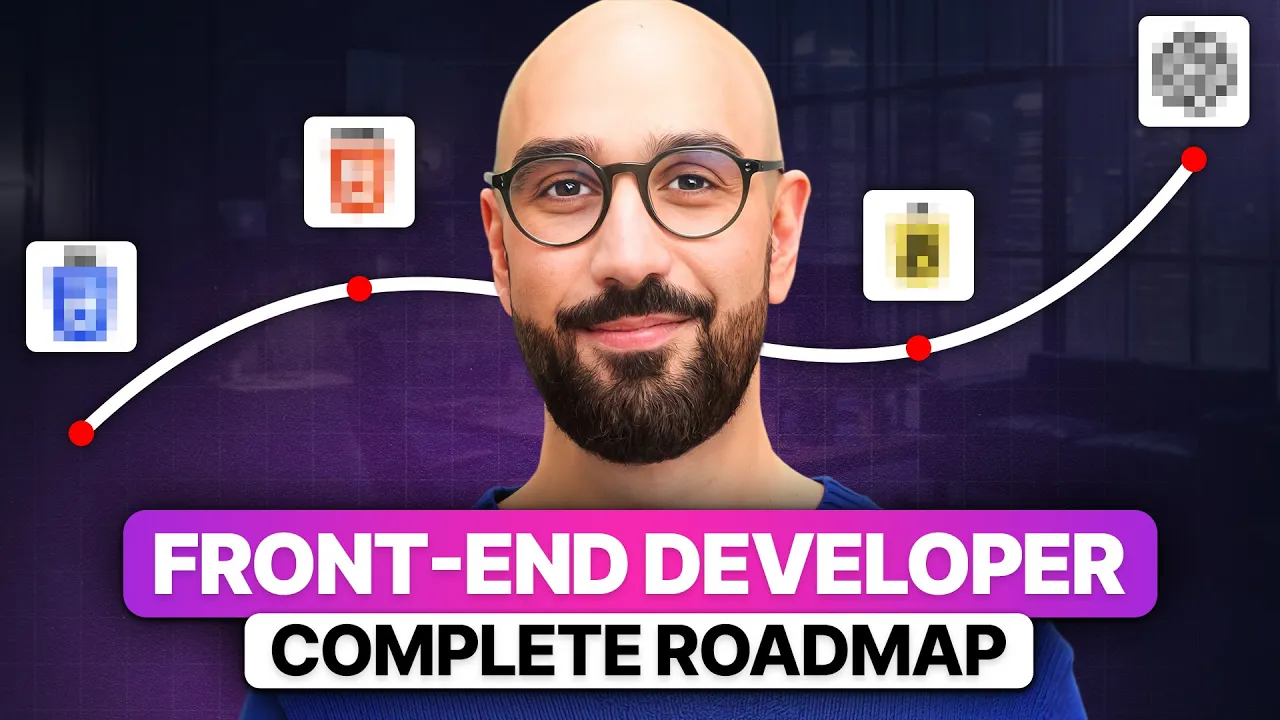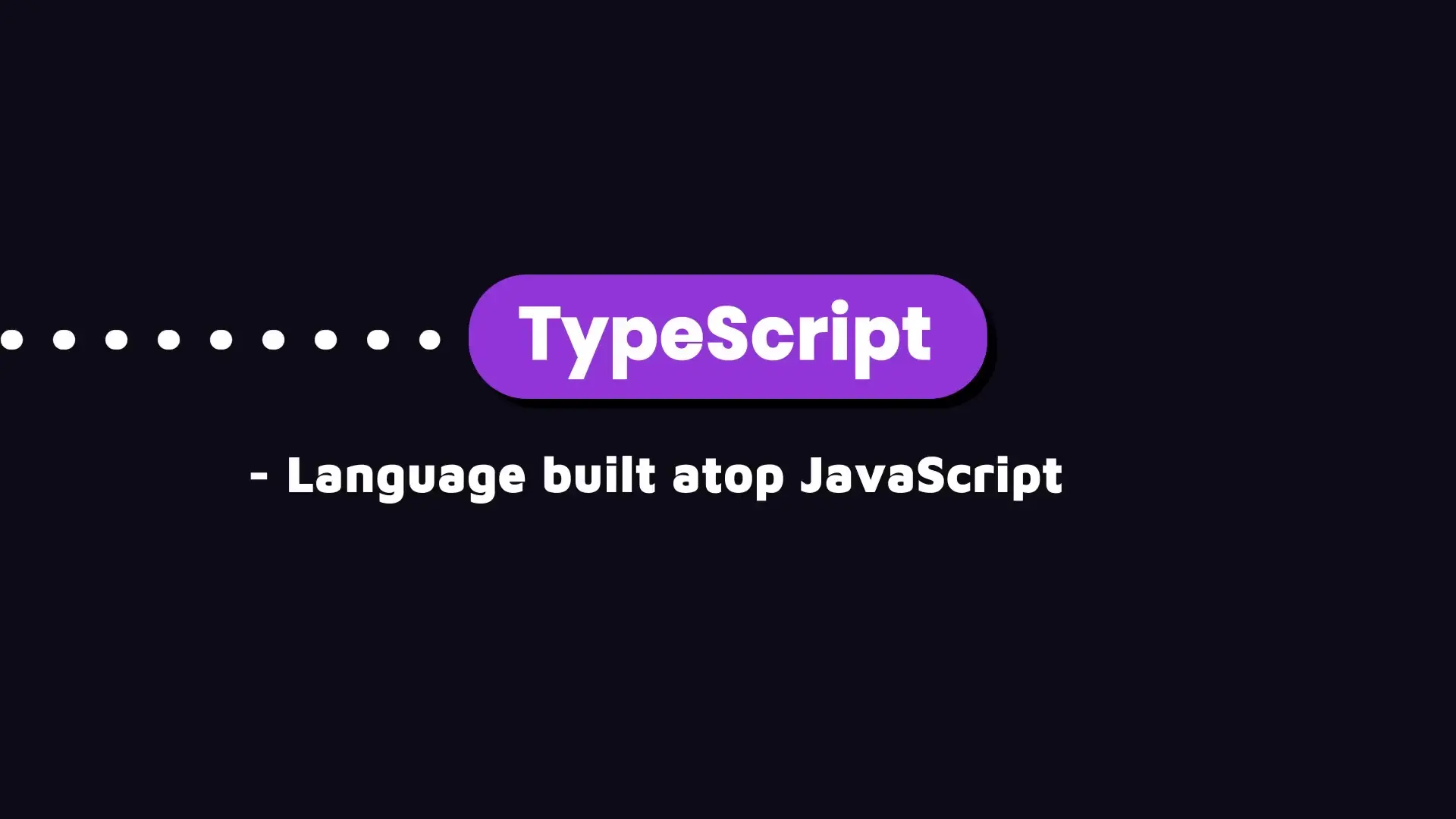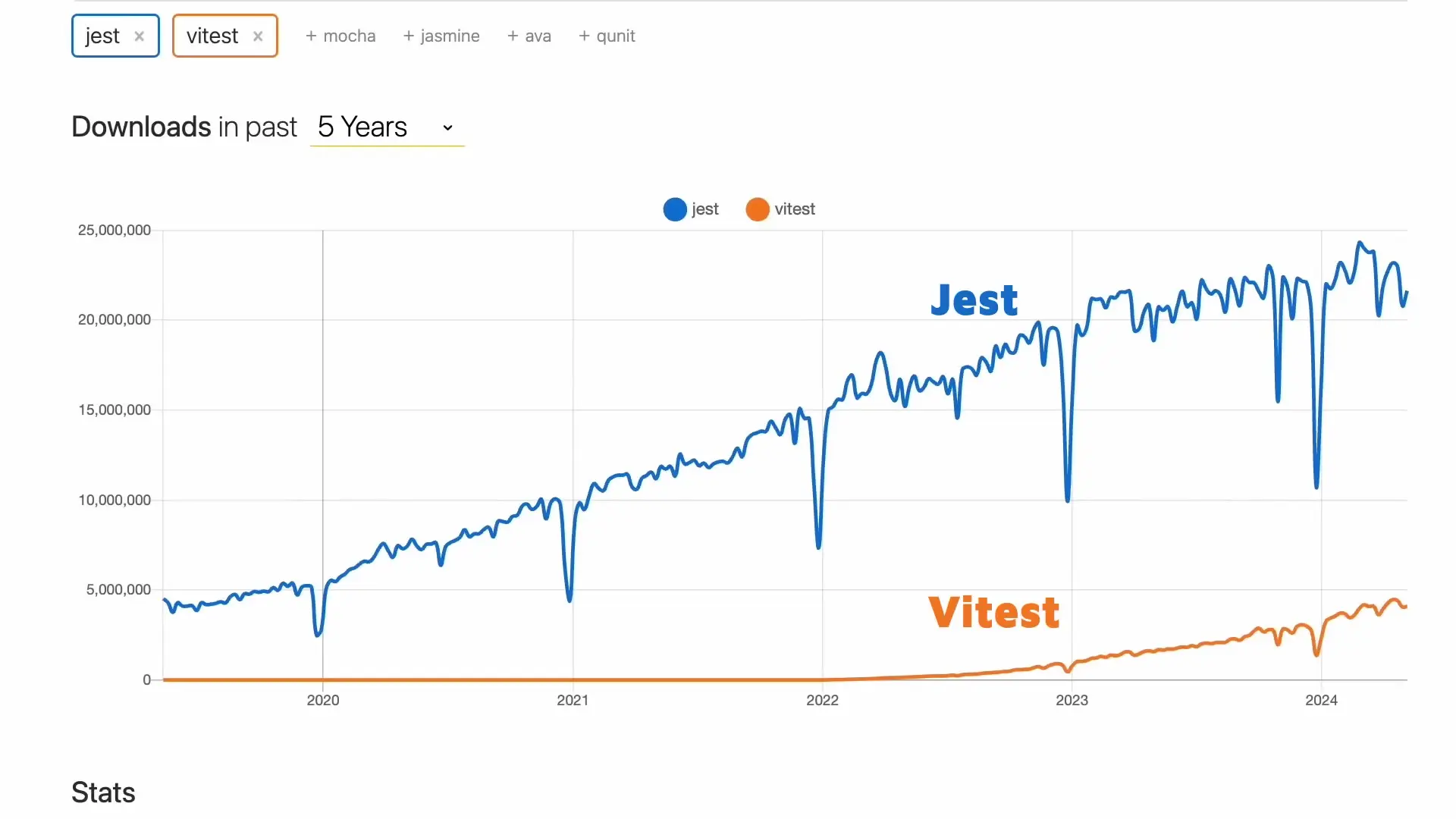
Frontend development is one of the most sought-after skills in the tech industry today. Whether you're a complete beginner wanting to break into tech or someone with some experience looking to level up, understanding the essential skills required for frontend development is crucial for your success.
What is Frontend Development?
Web development is generally broken down into two main areas: frontend development and backend development. Frontend development focuses on what users see and interact with—the website in your browser or the app on your mobile device. Backend development handles everything behind the scenes like data processing, storage, and server-side logic.
As a frontend developer, your primary responsibility is creating intuitive, responsive, and visually appealing user interfaces that provide a seamless experience across different devices and browsers.
How Long Does It Take to Become a Frontend Developer?
The timeline varies for everyone based on prior experience, learning capacity, and dedication. However, with consistent studying and practice, you can become job-ready in approximately 6 to 12 months. The key to success is consistency and continuous learning through both structured courses and hands-on projects.
Core Frontend Development Skills
1. HTML (Hypertext Markup Language)
HTML is the foundation of web development, used for structuring web pages. With HTML, you can define headings, paragraphs, images, links, and more. It's relatively simple compared to other programming languages, and with dedicated practice, you can learn the basics in 1-2 weeks.
<!DOCTYPE html>
<html>
<head>
<title>My First Web Page</title>
</head>
<body>
<h1>Hello World!</h1>
<p>This is a paragraph.</p>
</body>
</html>2. CSS (Cascading Style Sheets)
CSS is used for styling web pages. It allows you to control colors, fonts, layouts, and create responsive designs that adapt to different screen sizes. With consistent practice, you can grasp the essentials of CSS in 2-4 weeks. As you work on different projects, you'll continue to learn new techniques and best practices.
body {
font-family: Arial, sans-serif;
margin: 0;
padding: 20px;
background-color: #f5f5f5;
}
h1 {
color: #333;
text-align: center;
}3. JavaScript
JavaScript is where programming truly begins in frontend development. Unlike HTML and CSS, which are markup and styling languages, JavaScript is a full-fledged programming language that allows you to add interactivity to websites. With JavaScript, you can handle user clicks, validate form data, display popups, fetch data from servers, and bring your website to life.
If you're new to programming, JavaScript might be the most challenging part of your journey as you'll need to learn how to think algorithmically. With consistent practice, you can gain a solid understanding in about 2 months.
// Simple JavaScript example
document.getElementById('button').addEventListener('click', function() {
alert('Hello! You clicked the button!');
});
// Fetching data from an API
fetch('https://api.example.com/data')
.then(response => response.json())
.then(data => console.log(data))
.catch(error => console.error('Error:', error));4. Git & GitHub
Version control is essential for tracking changes to your code and collaborating with others. Git is the most widely used version control system, while GitHub is a platform that hosts Git repositories, enabling you to share your code and work in team environments.
While Git has numerous features, you'll primarily use about 20% of them for 80% of your work. Learning the basics of Git and GitHub takes approximately 1-2 weeks.
- Basic commands: git init, git add, git commit, git push, git pull
- Branching and merging
- Resolving conflicts
- Creating and reviewing pull requests
- Collaborating with team members
5. TypeScript

TypeScript is a superset of JavaScript that adds static typing and additional features, allowing developers to write more robust code. Most companies now prefer TypeScript for large-scale applications due to its ability to catch errors during development rather than at runtime.
If you're looking to land a frontend developer job in 2024 and beyond, TypeScript is becoming a must-know skill. Once you have a good grasp of JavaScript, you can learn TypeScript in about 2-3 weeks.
// TypeScript example with type annotations
function greet(name: string): string {
return `Hello, ${name}!`;
}
interface User {
id: number;
name: string;
email: string;
}
const getUser = async (id: number): Promise<User> => {
const response = await fetch(`https://api.example.com/users/${id}`);
return response.json();
};6. UI Libraries & Frameworks
UI frameworks help you build user interfaces using reusable components or building blocks. The most popular options include React, Angular, and Vue. React currently dominates the job market, making it the best choice for those looking to maximize employment opportunities.
To learn React effectively, you need a solid understanding of JavaScript and a basic grasp of TypeScript, as most React projects now use TypeScript. With a strong JavaScript foundation, you can become proficient with React in about 2 months.

It's important to focus on one framework at a time—learn it thoroughly, build several projects with it, and once you have a solid understanding, you can explore other frameworks if desired.
Advanced Skills to Stand Out
Frontend development is a competitive field. To truly stand out and increase your job opportunities, consider developing these additional skills:
1. CSS Pre-processors and Frameworks
As projects grow more complex, styling with plain CSS can become unwieldy. CSS pre-processors allow you to write CSS in a more efficient syntax with additional features, then compile it down to standard CSS. Popular options include Sass, Less, and Stylus.
CSS frameworks provide pre-written CSS that you can use in your applications. While Bootstrap has been the standard for years, Tailwind CSS has been gaining significant popularity, especially in React projects. Learning Tailwind CSS takes about 2-4 weeks and can significantly speed up your development process.
2. Automated Testing

Automated testing is a key skill that employers look for, especially in senior developers. With automated testing, you write code to test your application code, ensuring it functions correctly and minimizing bugs.
The two most popular testing frameworks for JavaScript applications are Jest and Vitest. Jest has been the standard for years, but Vitest is gaining popularity in newer projects due to its improved performance and developer experience. You can learn the fundamentals of automated testing in about 3-4 weeks.
3. Meta Frameworks
Meta frameworks are higher-level frameworks built on top of UI libraries that enhance their capabilities with features like server-side rendering, static site generation, and improved routing. For React applications, Next.js is the most popular meta framework, with Remix being another option.
While not all employers require experience with meta frameworks (especially for older projects), knowledge of Next.js can give you a competitive edge and open doors to better positions. With a strong React foundation, you can learn Next.js in about 4-6 weeks.
4. Mobile Development with React Native
If you want to expand your skill set into mobile development, React Native is an excellent choice. It allows you to build cross-platform mobile applications using your React knowledge. With a solid understanding of React, you can get a good grasp of React Native in about 2 months.
Realistic Timeline for Becoming a Frontend Developer
Here's a realistic timeline for learning the essential frontend development skills:
- HTML: 1-2 weeks
- CSS: 2-4 weeks
- JavaScript: 2 months
- Git & GitHub: 1-2 weeks
- TypeScript: 2-3 weeks
- React (or another UI framework): 2 months
- CSS Pre-processors/Frameworks: 2-4 weeks
- Automated Testing: 3-4 weeks
- Next.js (or another meta framework): 4-6 weeks
- React Native (optional): 2 months
In total, you can learn the core skills in about 6 months, with the advanced skills taking an additional 3-6 months. Remember that these timelines assume consistent practice and study.
Tips for Success
- Build projects as you learn to apply your knowledge in practical scenarios
- Contribute to open-source projects to gain real-world experience
- Join developer communities to network and learn from others
- Create a portfolio website to showcase your projects
- Practice coding challenges to improve your problem-solving skills
- Stay updated with industry trends and new technologies
- Be consistent in your learning journey—even 1-2 hours daily is better than sporadic intensive sessions
Conclusion
Becoming a frontend developer requires dedication and consistent practice, but it's absolutely achievable within 6-12 months. Start with the core skills—HTML, CSS, and JavaScript—then gradually build up to more advanced technologies like TypeScript, React, and testing frameworks.
Remember that frontend development is constantly evolving, so continuous learning will always be part of the journey. Focus on building a strong foundation, create meaningful projects for your portfolio, and stay curious about new technologies and best practices.
With determination and the right roadmap, you can successfully transition into a rewarding career as a frontend developer.
Let's Watch!
Complete Frontend Developer Roadmap: Essential Skills for 2024 Success
Ready to enhance your neural network?
Access our quantum knowledge cores and upgrade your programming abilities.
Initialize Training Sequence